How a forest grows: the different phases of growth explained
18 July 2023
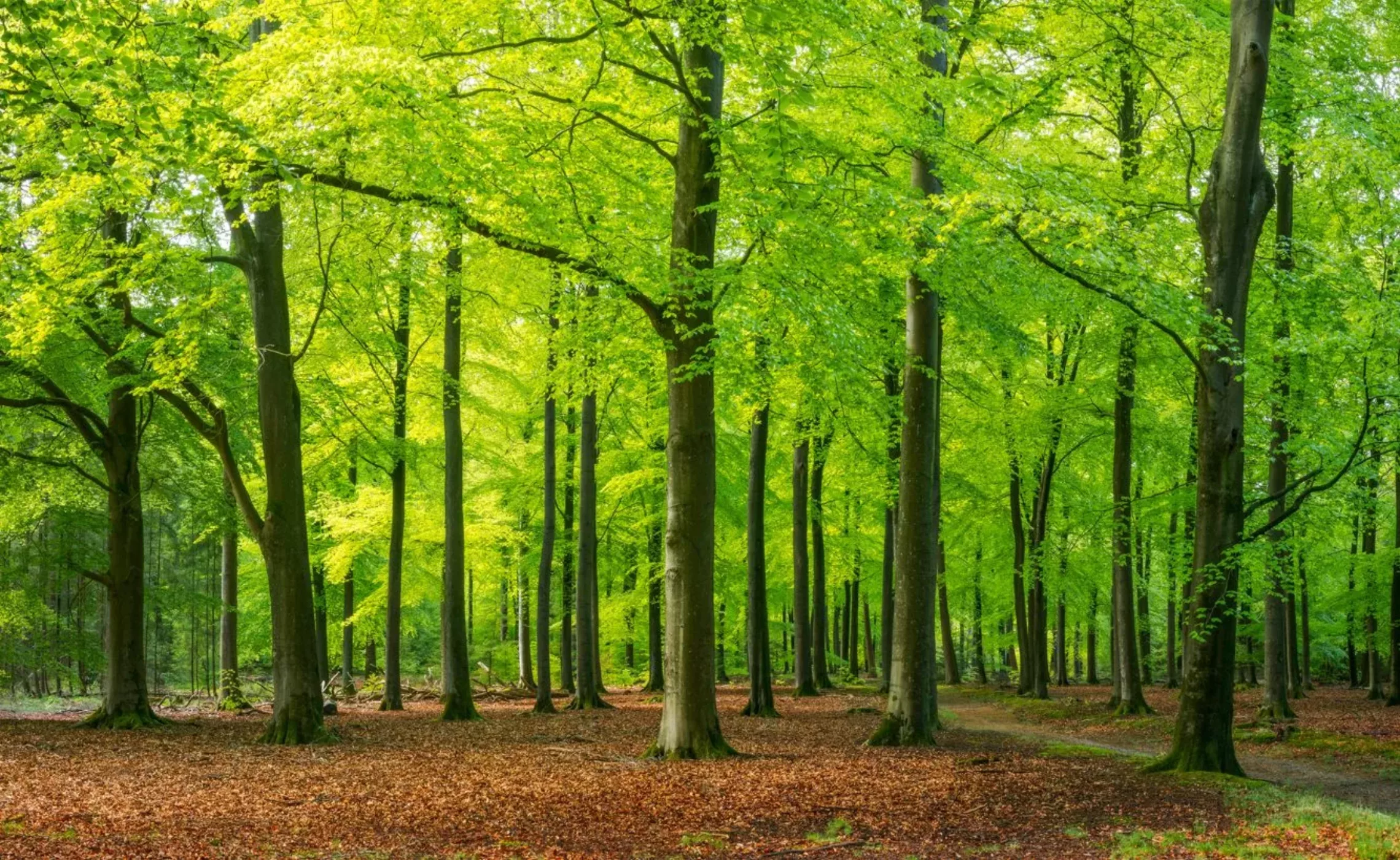
18 July 2023
A forest grows in phases. After planting, it takes several decades for a forest to fully develop. And still much later can we speak of a full-grown forest, in which trees, plants, animals, fungi and micro-organisms live optimally together. In the meantime, a lot is going in a forest.
Trees grow annually. Their trunks and branches grow steadily longer and thicker. But a patch only offers a limited amount of space to grow in, which gives rise to competition among trees. They battle for space and light.
Fast-growing species, such as birch and trembling poplar will soon outgrow other trees and bushes. Species which thrive in shade, such as beech and lime tree, bide their time and for that reason grow more slowly. In the course of the years the fast-growing species make more and more space for shade-loving ones. Thus, a varied and layered forest is created.
The growing phases of a forest basically go as follows:
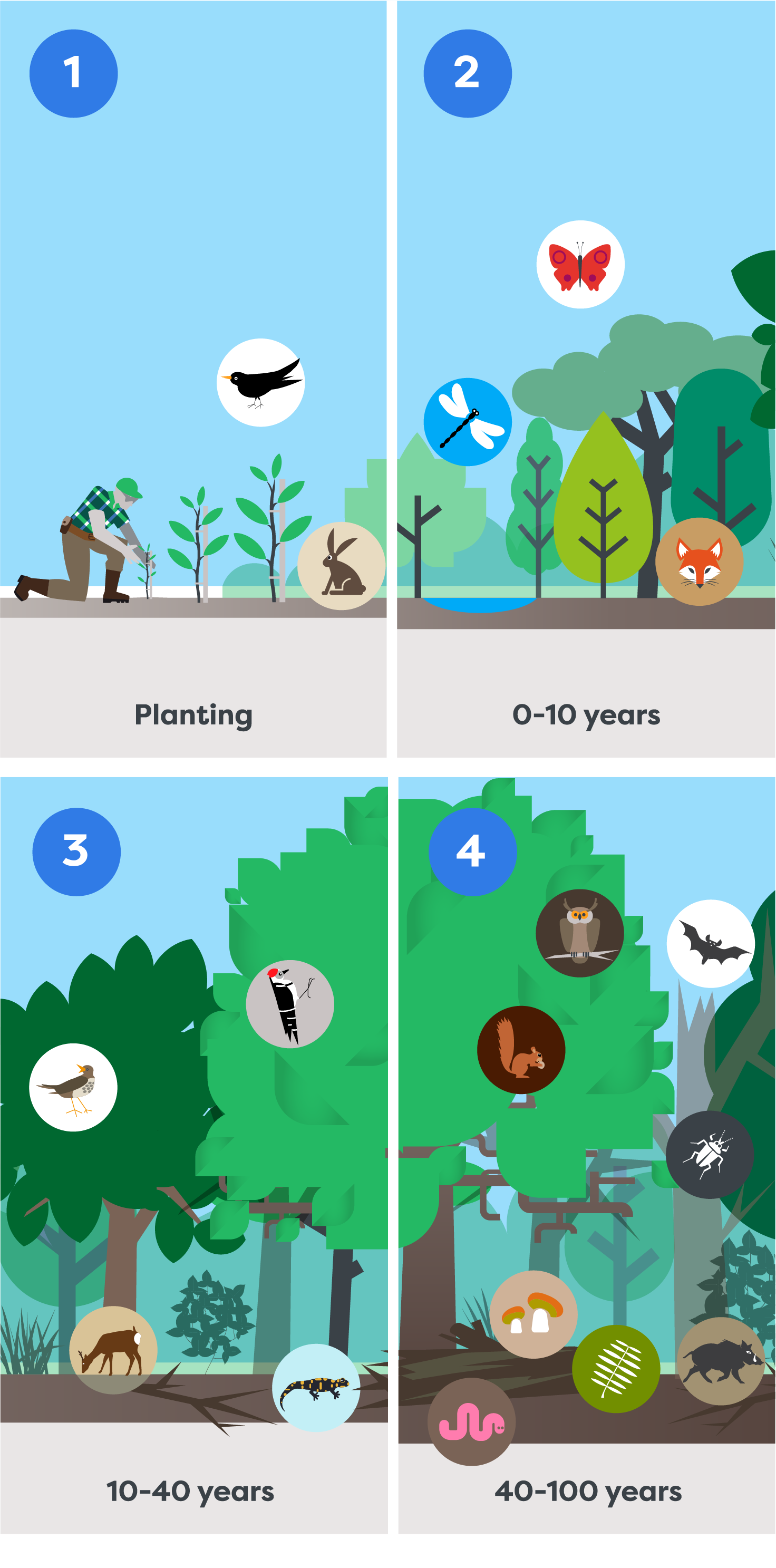
The very first phase of the forests we plant, is afforestation. Trees and bushes at that moment are no more than ‘sprigs’, but in spite of that, they already attract various animals, butterflies and small mammals, such as mice and rabbits..
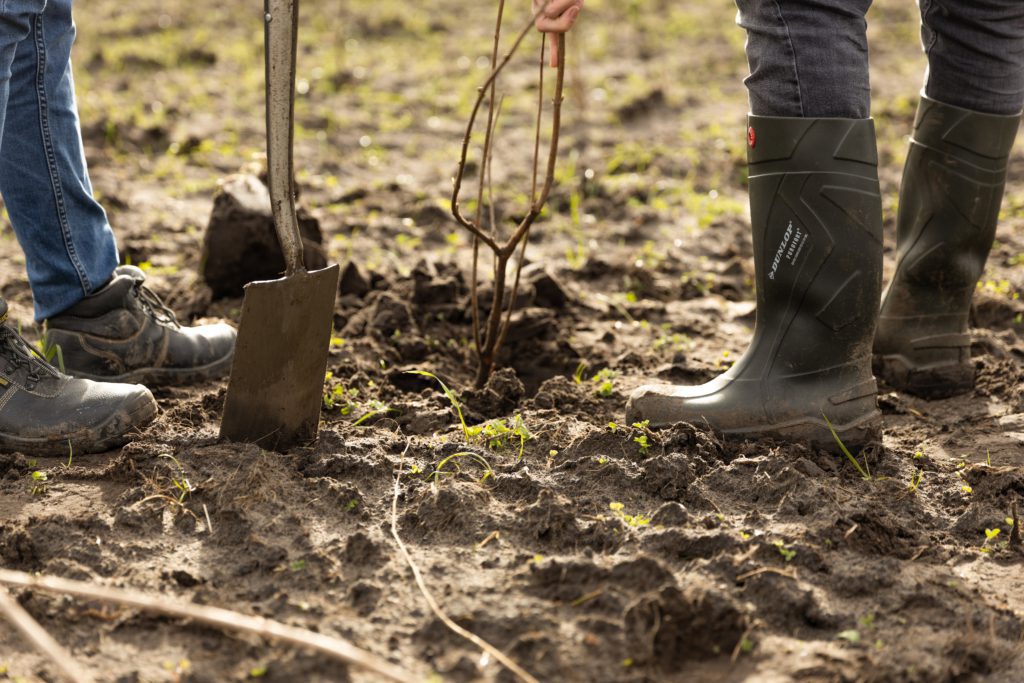
During this first phase the baby trees and bushes have to compete against growing herbs and grasses, such as brambles, nettles, thistles and catchweed. In case the competition is too fierce, forest management will mow grasses and herbs, in order to enable trees to grow freely.
Not all young trees will catch on, and this is normal. Generally speaking, more than enough trees will survive. Should it be necessary, the lost species of trees will be supplied. This is known as refill.
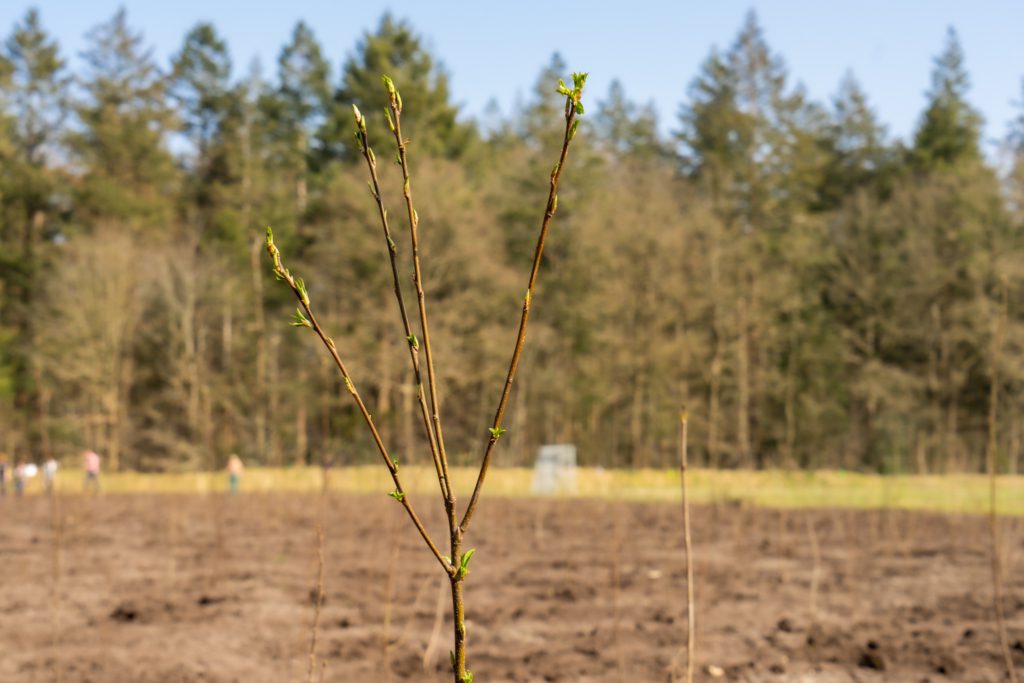
When a forest is roughly 10 years old, it may be called a young forest. In the years leading up to this, the trees slowly outgrow herbs and grasses. They vie with each other, because they all want to grow towards the light as soon as possible. This explains why so many thin, high trunks can be seen in the forest.
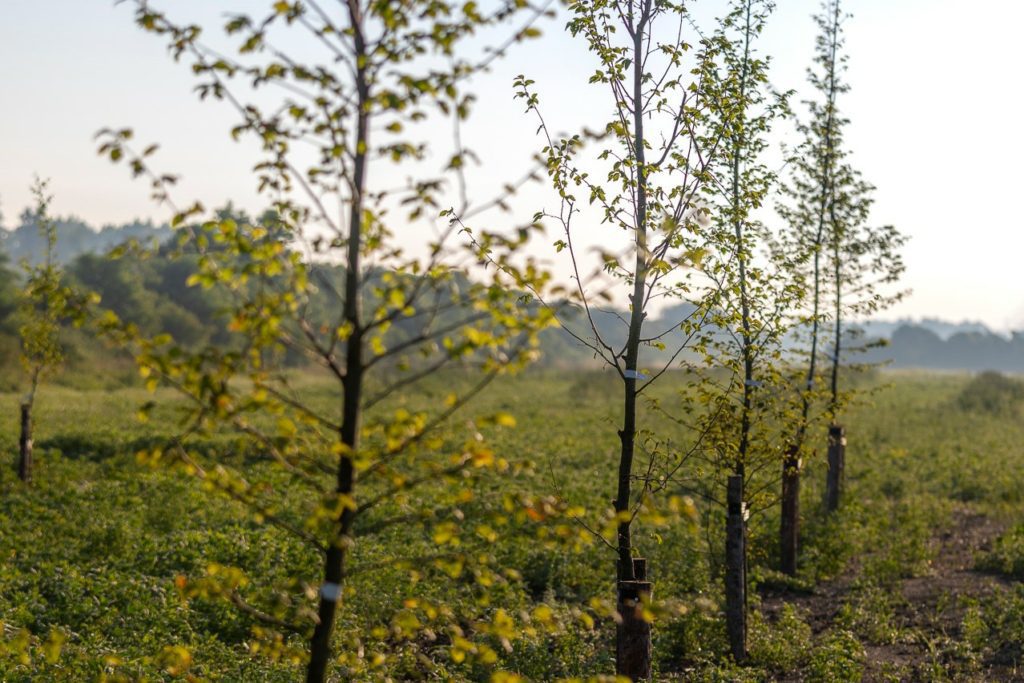
In this phase, various kinds of animals may already be seen in the young forest, such as songbirds, butterflies, insects, deer and foxes. Some aftercare is important and trees may have to be refilled. It may also be necessary to protect young plantings from the gnawing of wild animals.
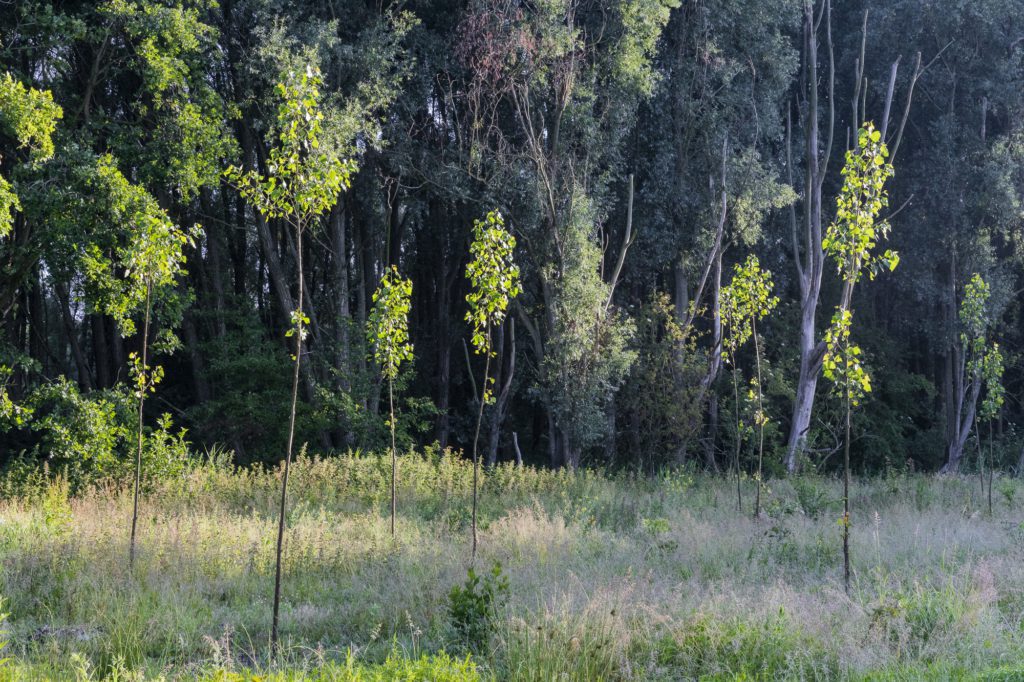
Hurray, the afforestation has been successful! From this phase onward, trees will continue to grow, both in height and width. Because the foliage grows denser end denser, the herbs and grasses which need a lot of light will diminish.
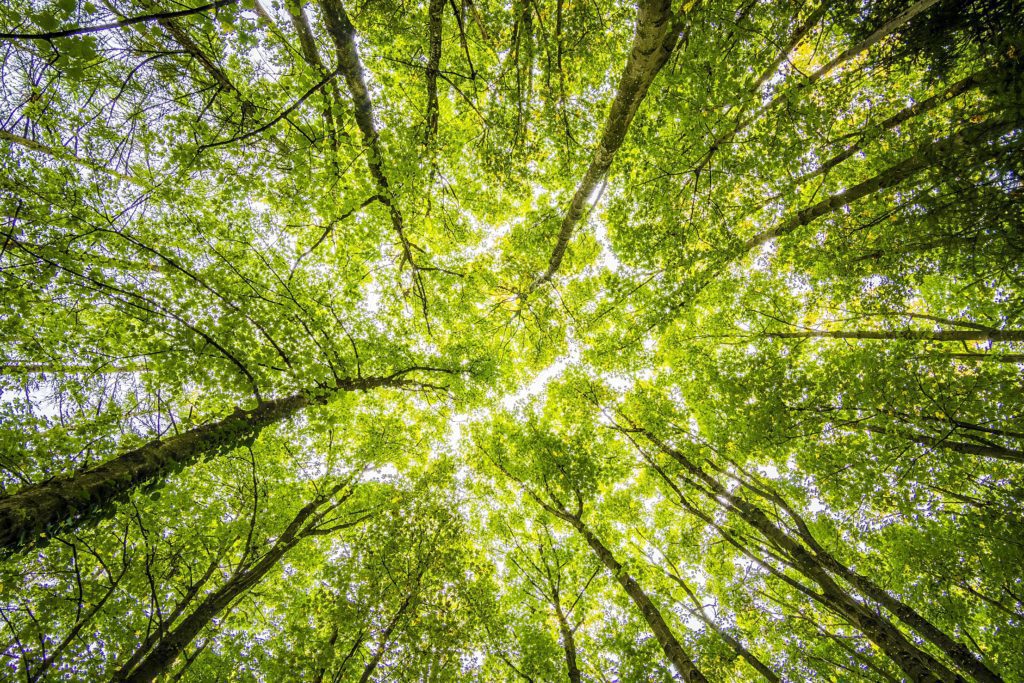
Meanwhile, the first trees will die back, because they are ‘competed away’. This is normal. It creates space for other trees to keep growing. The forest management monitor the composition of the trees, so that a varied forest remains. And the number of animals in the forest? This will continue to increase. You might chance to run into wild boar, roe, woodpecker and marten in the forest.
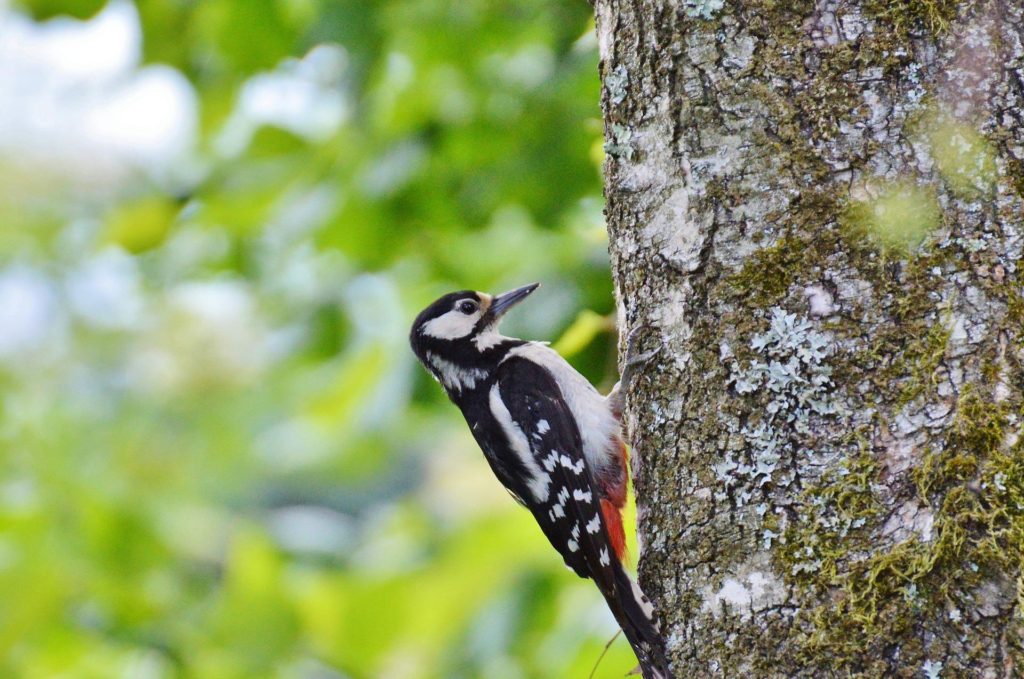
Only after at least 40 to 60 years does a forest grow into adulthood. By then, even a new generation of young trees springs up in the lower layers! The trees are of various heights. Thanks to this layered structure more light can enter the forest. this enables mosses, herbs and bushes in the lower layers of the forest to develop further. Also, all sorts of animals live in the forest, such as tawny owl, squirrel, bat and stag beetle.
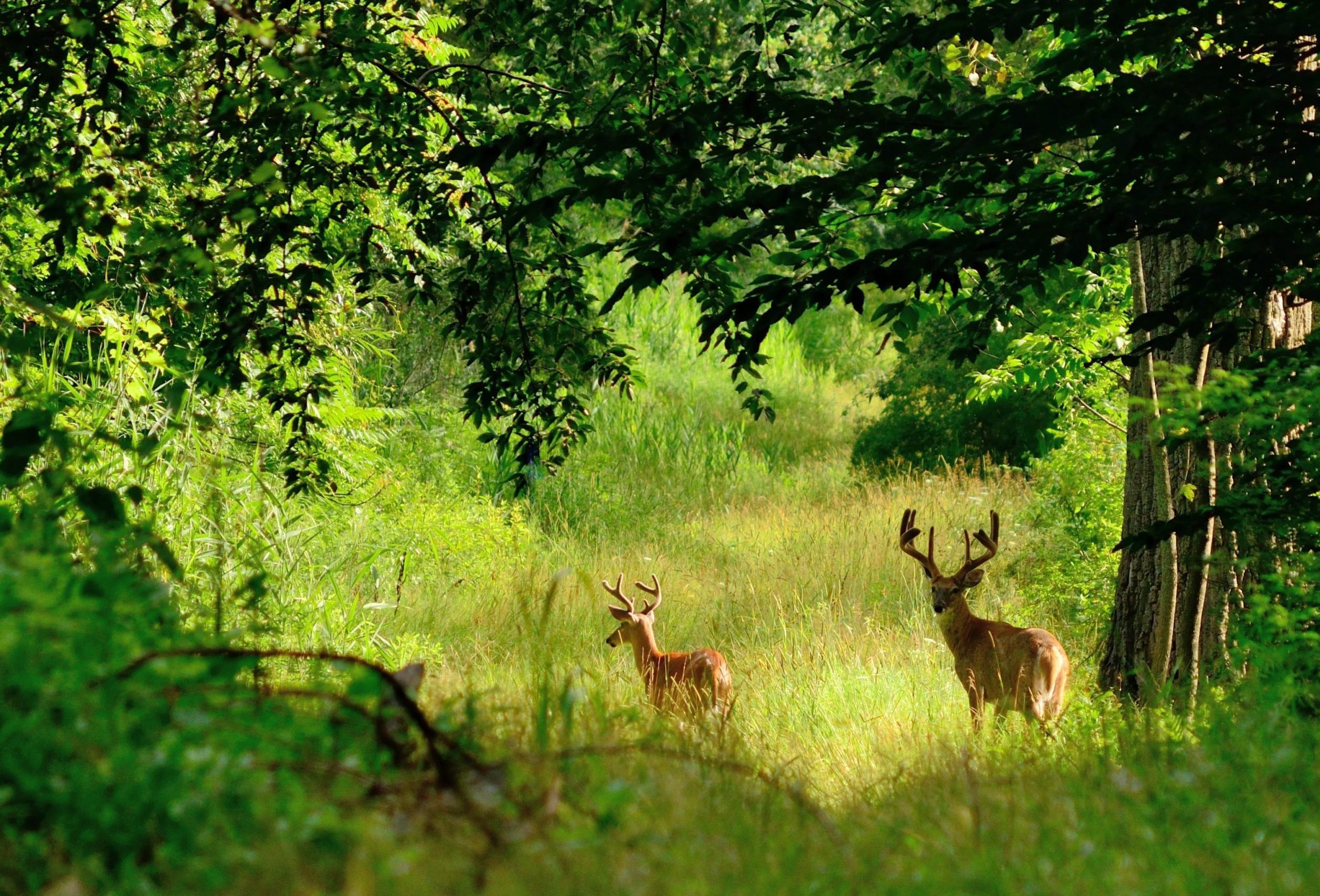
In this phase, only the strongest and most vital trees have survived. The trees that have died back, however, are equally important for a healthy forest. the dead wood is a perfect habitat for insects, wood lice, fungi, bacteria and springtails. And they, in turn, contribute to a healthy and fertile soil. In short, life and death are equal parts of a healthy forest floor.
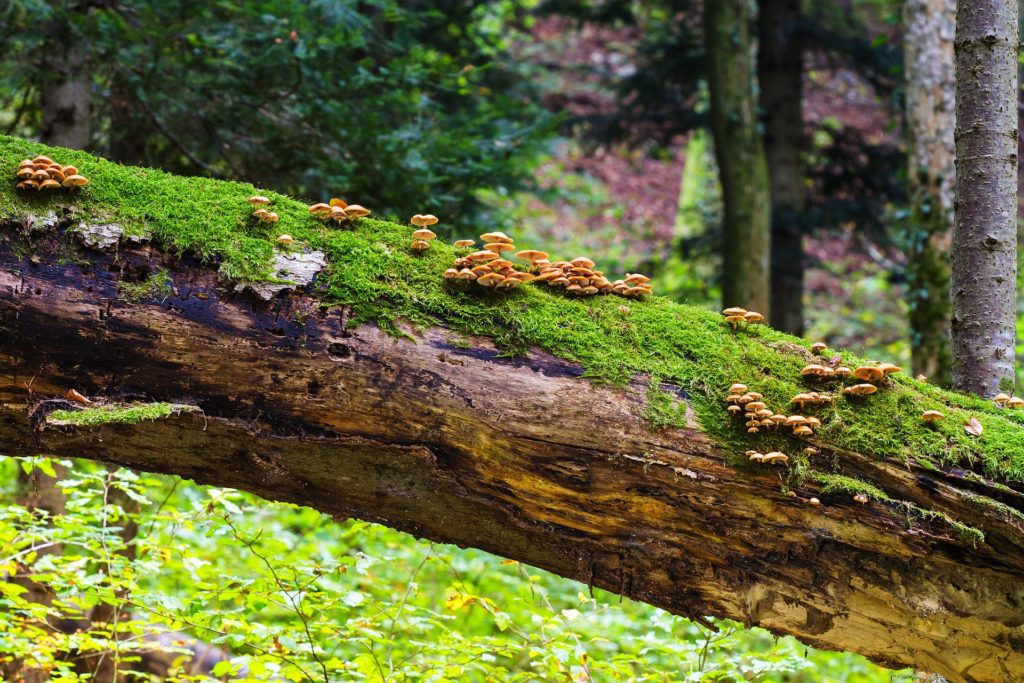
Officially a forest is called such when at least 1,000 m2 of ground are covered with trees. However, a forest is much more than just trees. It is a complete ecosystem, in which trees, plants, animals, fungi and micro-organisms live together and depend on each other.
The trees in a forest connect surface and subsoil. Among other things, a tree provides the soil with nutrients. Organisms in the soil help the tree’s roots to absorb water and minerals. The roots in turn contribute to healthy soil.
A mature forest consists of various layers. At all heights light, temperature and humidity differ. This creates circumstances in which specific plants, animals, fungi and micro-organisms prosper. A forest consists of these layers:
The bottom layer is the forest floor. Here perennials and herbs are found, e.g. wood anemone. Besides, all sorts of micro-organisms feel at home on the forest floor, such as bacteria and fungi and numerous animals can be seen moving around: rabbit, deer and wild boar, to mention a few.
The next layer is the bush layer, which harbors low trees and bushes, such as mountain ash, holly, alder buckthorn and sloe. These attract various insects and birds: butterflies, thrushes and woodpeckers.
The top layer is the crown layer. It consists of taller types of trees: e.g. beech, oak and fir. Here you will see animals such as owls, squirrels and bats.